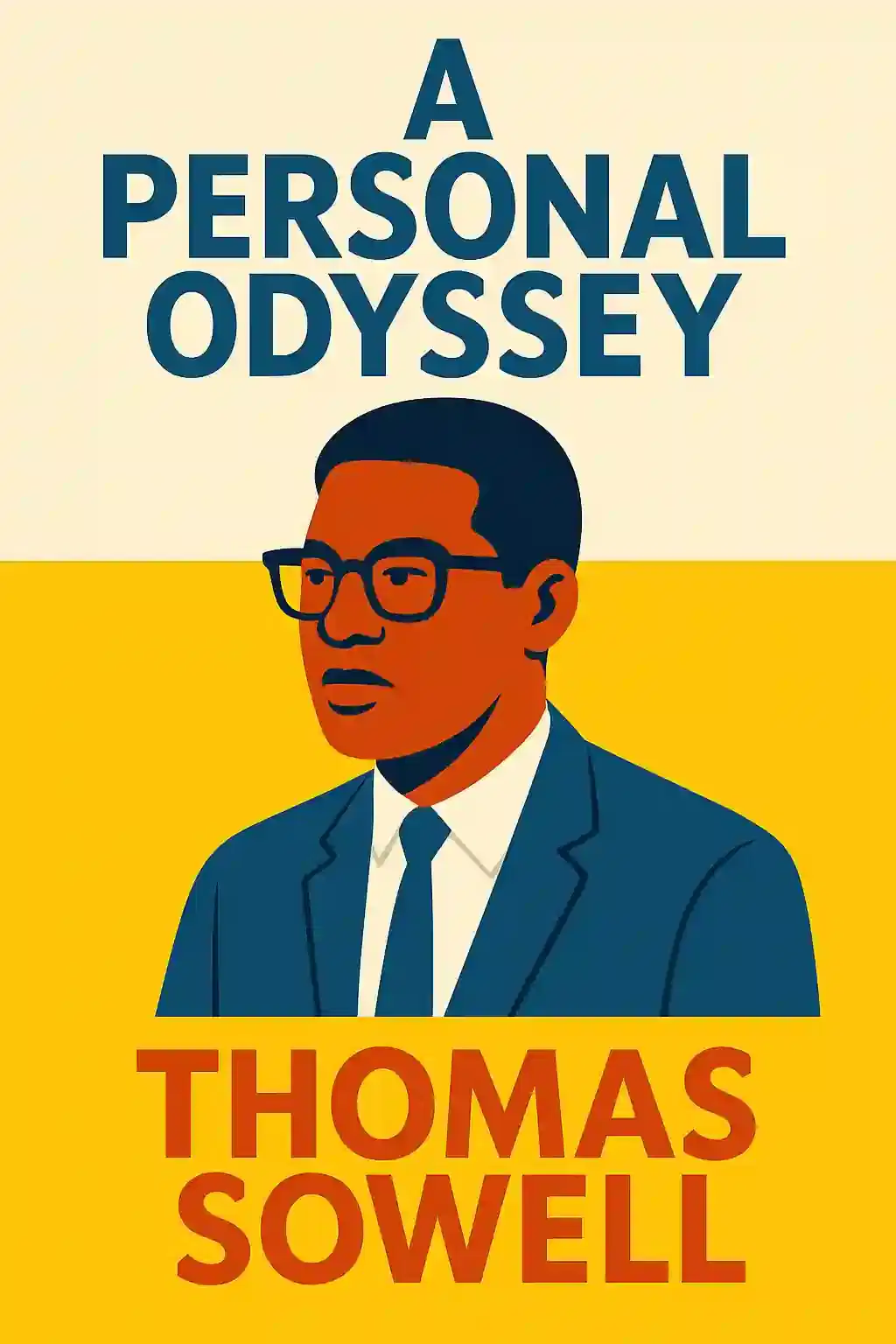What is Discrimination and Disparities by Thomas Sowell about?
Discrimination and Disparities by Thomas Sowell examines the complex causes behind economic and social disparities between groups. Sowell argues that not all disparities result from discrimination, challenging single-factor explanations. The book presents evidence that success requires multiple prerequisites, and missing even one can lead to vastly different outcomes, making disparities normal rather than evidence of bias.
Who should read Discrimination and Disparities?
Discrimination and Disparities is ideal for policymakers, economists, social scientists, and anyone interested in understanding inequality. The book appeals to readers seeking evidence-based analysis of social disparities rather than ideological explanations. It's particularly valuable for those working in education, law, public policy, or anyone questioning conventional wisdom about the causes of group differences in outcomes.
Is Discrimination and Disparities by Thomas Sowell worth reading?
Discrimination and Disparities is worth reading for its rigorous, data-driven approach to a contentious topic. Sowell's international and historical perspective provides unique insights often missing from contemporary discussions. While some economists disagree with his policy conclusions, most agree with his careful definitions and analysis of discrimination, making it essential reading for understanding this complex issue.
What are the main ideas in Discrimination and Disparities?
The main ideas in Discrimination and Disparities include that disparities are normal due to multiple prerequisites for success, discrimination must be carefully defined into three distinct types, and single-factor explanations fail to capture life's complexity. Sowell emphasizes that background, culture, and geography significantly impact outcomes, arguing that misattributing disparities to discrimination leads to harmful policies.
What are the three types of discrimination Thomas Sowell defines?
Thomas Sowell defines three types of discrimination in Discrimination and Disparities:
- Discrimination IA involves judging individuals based on relevant qualifications regardless of group membership.
- Discrimination IB considers group statistics when individual information is unavailable.
- Discrimination II represents traditional bias - treating people negatively based on arbitrary aversions or animosities rather than merit.
What does Thomas Sowell mean by "prerequisites for success"?
In Discrimination and Disparities, Sowell argues that success requires multiple prerequisites, and missing even one can cause failure despite having others. He uses literacy as an example - someone might have experience, good reputation, and no criminal record, but will fail in most modern careers without reading ability. This concept explains why equal outcomes shouldn't be expected even under fair conditions.
What role does birth order play in Discrimination and Disparities?
Discrimination and Disparities reveals surprising birth order effects on achievement. Sowell notes that among National Merit Scholarship finalists from five-child families, the first-born was a finalist more often than the other four siblings combined. This demonstrates how disparities exist even within the same household, challenging assumptions that equal treatment automatically produces equal outcomes.
How does Thomas Sowell address family environment in his book?
Sowell emphasizes dramatic differences in family environments in Discrimination and Disparities. He notes that children of professional parents hear 2,100 words per hour compared to 1,200 for working-class families and 600 for welfare families. Additionally, professional households use more encouraging language while welfare households use more discouraging words, significantly impacting children's future prospects.
What is Thomas Sowell's critique of "disparate impact" in Discrimination and Disparities?
In Discrimination and Disparities, Sowell criticizes the "disparate impact" legal standard for disregarding the American principle of "burden of proof." He argues this standard assumes discrimination can be automatically inferred from statistical differences in outcomes, ignoring the complex factors that naturally create disparities. This approach leads to misguided policies that often harm the people they're designed to help.
How does Discrimination and Disparities address government intervention?
Discrimination and Disparities argues that misunderstanding disparity causes leads to government interventions that often worsen problems. Sowell contends that well-intentioned policies based on incorrect assumptions about discrimination can increase disparities rather than reduce them. He advocates allowing market forces to reduce disparities to efficient levels naturally, while warning against intervening in markets we don't fully understand.
What historical examples does Thomas Sowell use in Discrimination and Disparities?
Sowell uses examples of Jews and Asians in Discrimination and Disparities to show how groups can excel despite facing discrimination. He notes these groups succeeded well before discrimination against them declined, demonstrating that discrimination, while real, isn't always the primary obstacle. Regarding African Americans, he points out many Great Society gains actually continued pre-existing trends from decades earlier.














